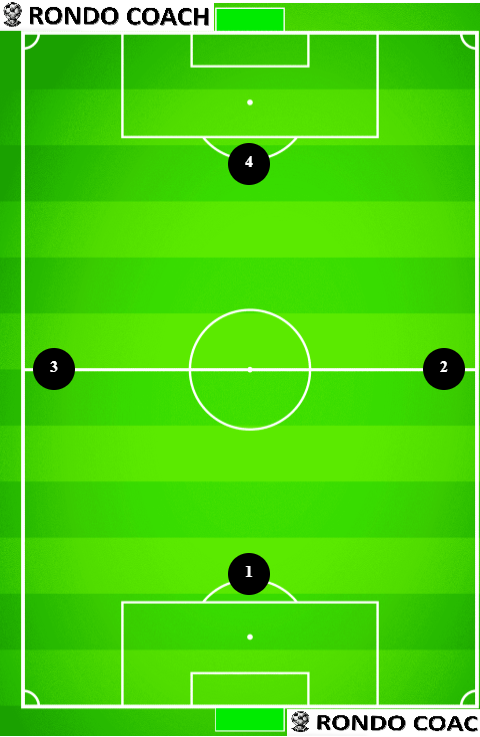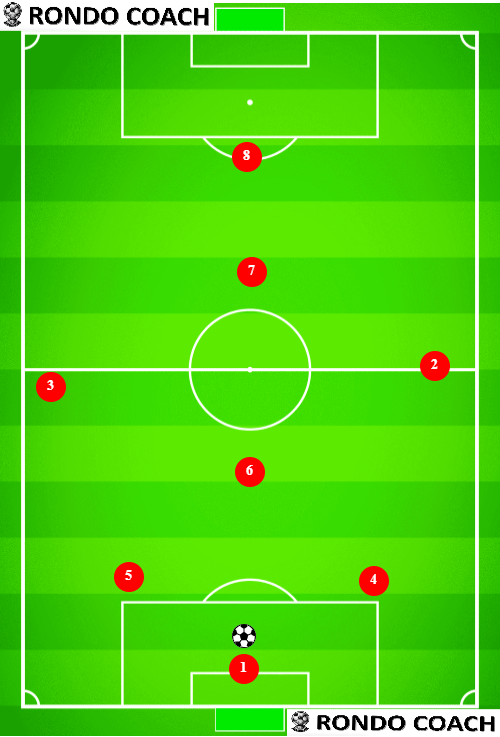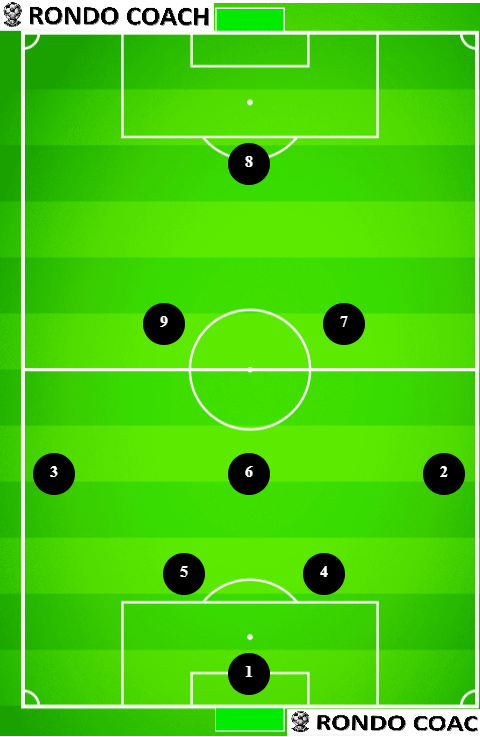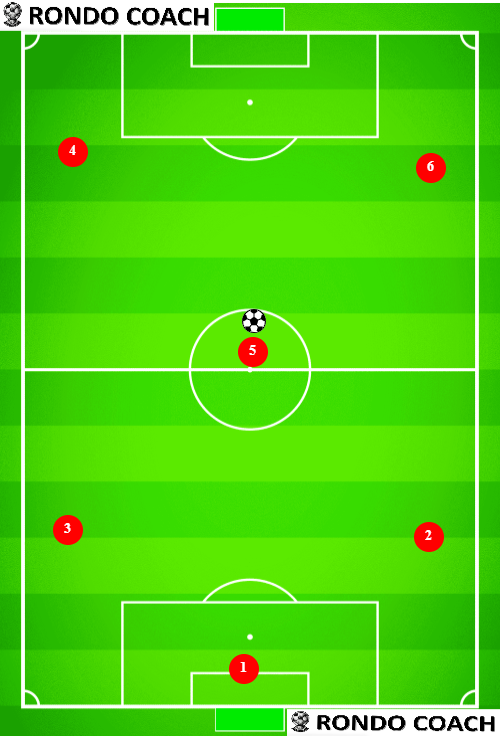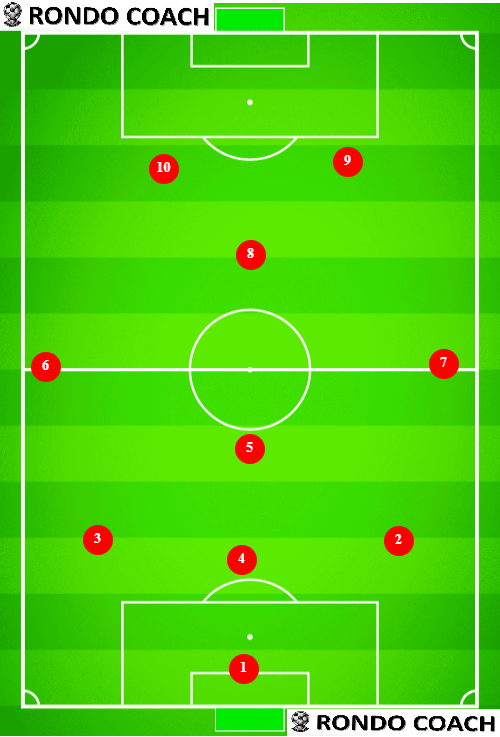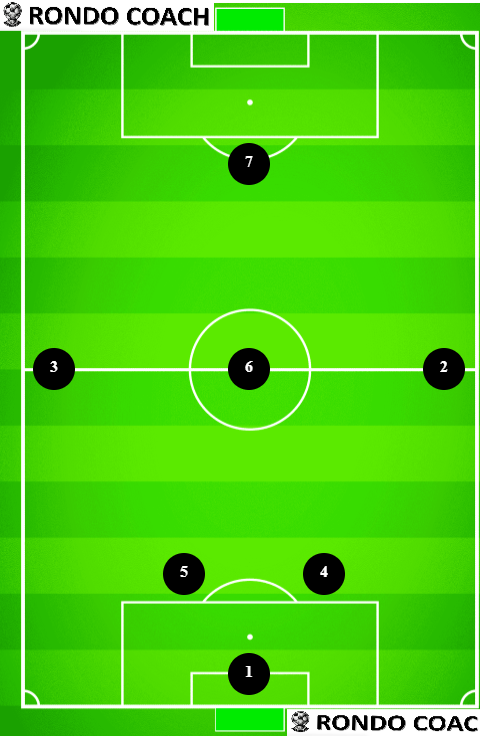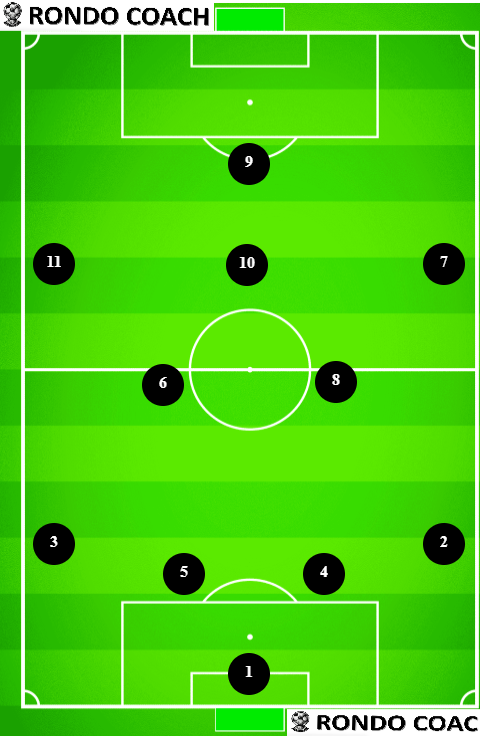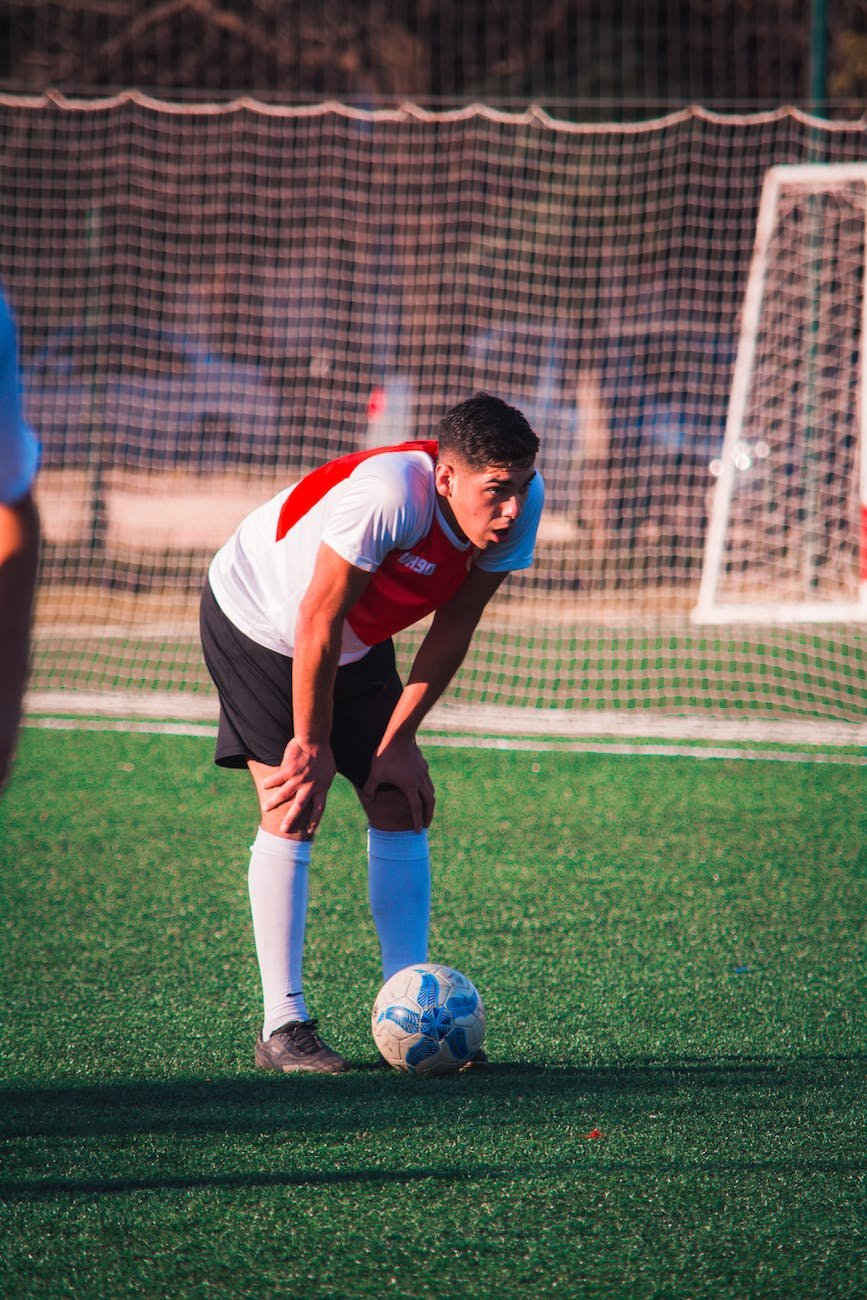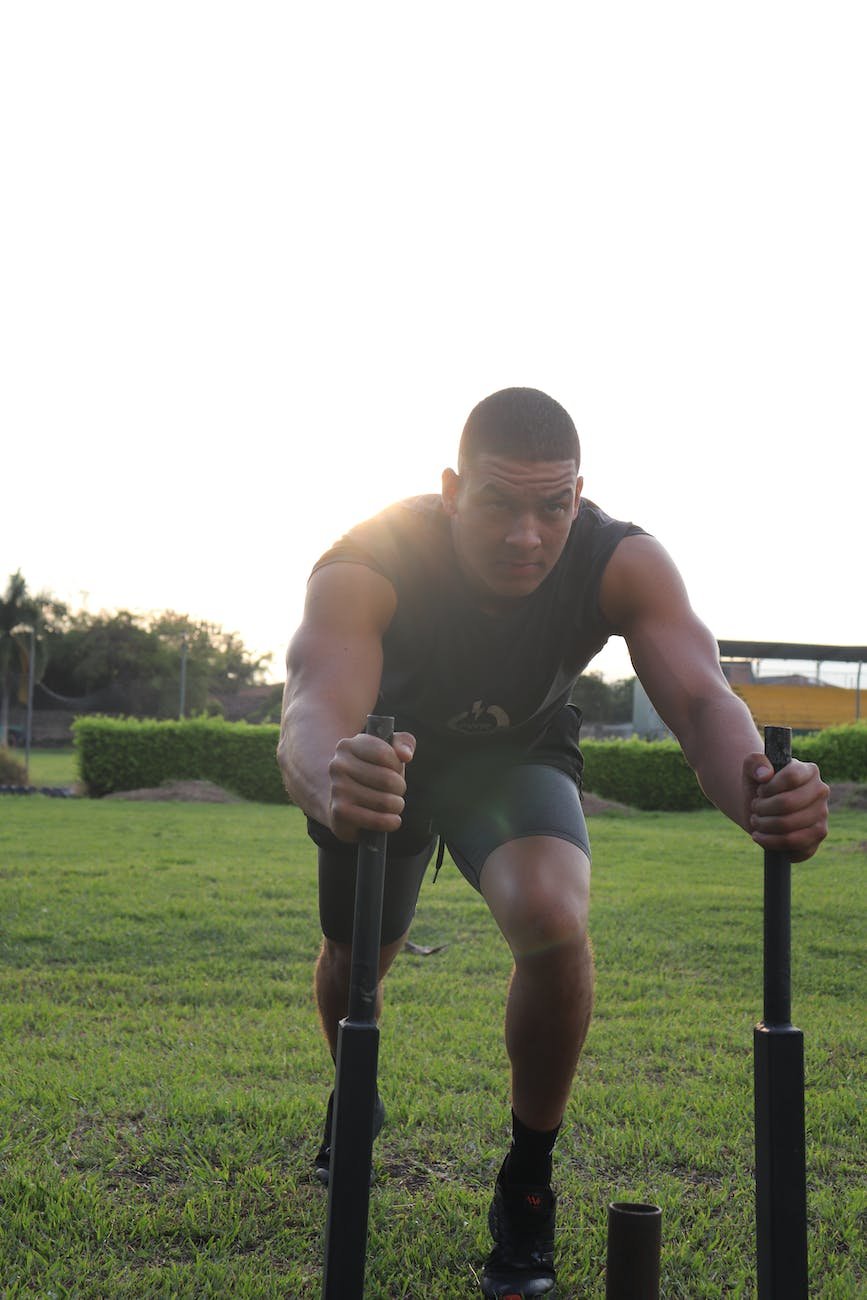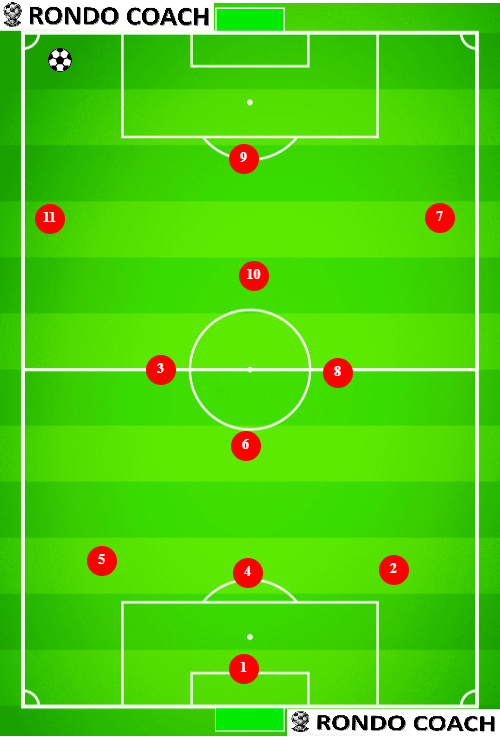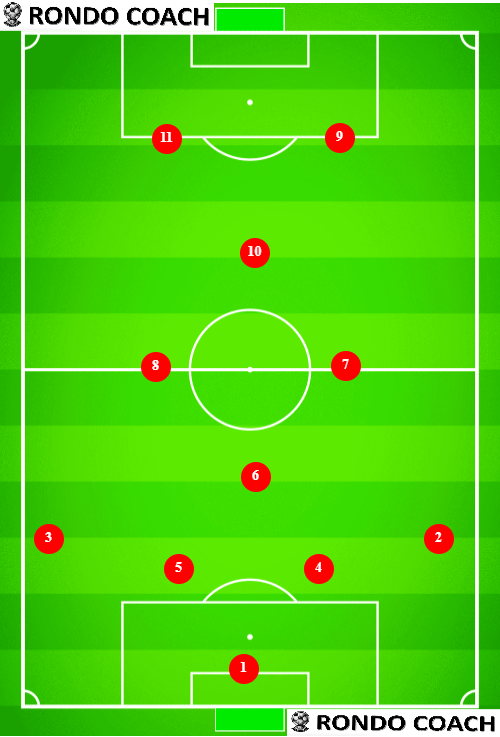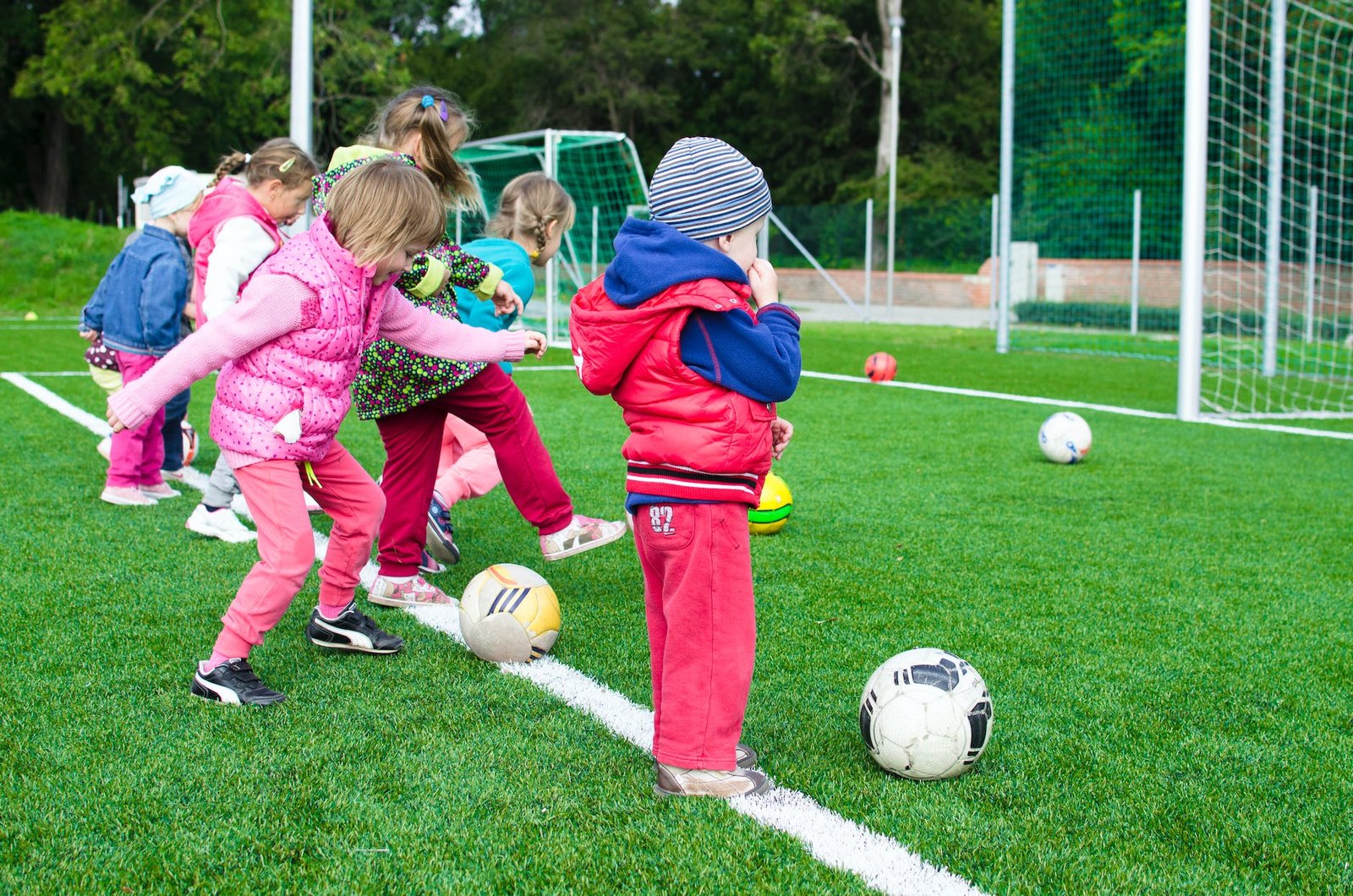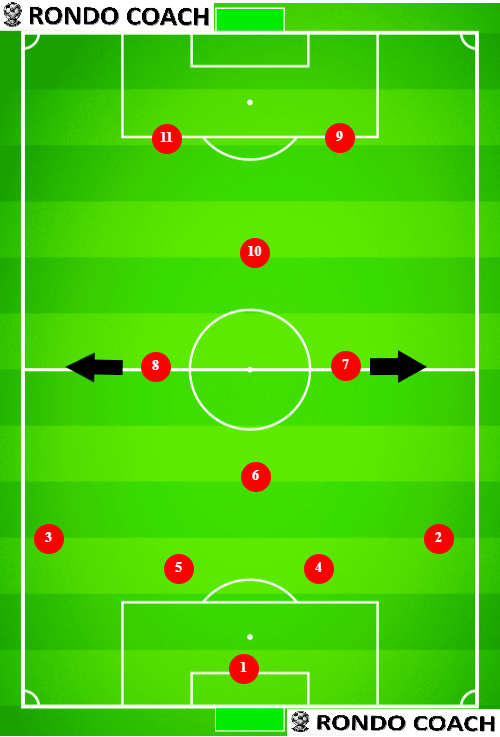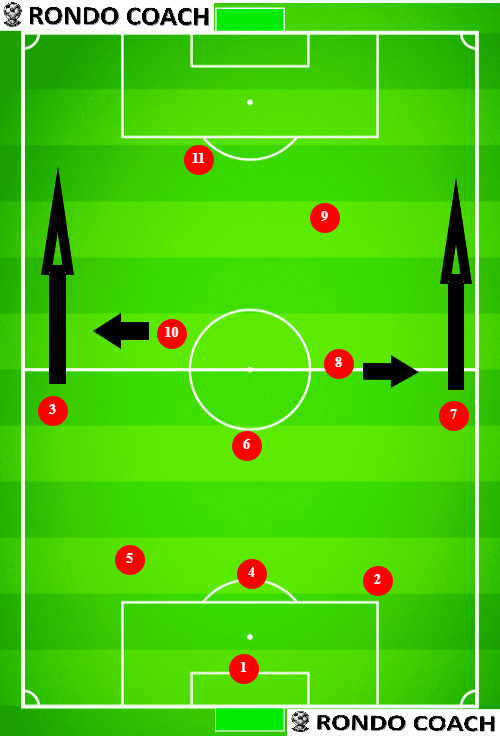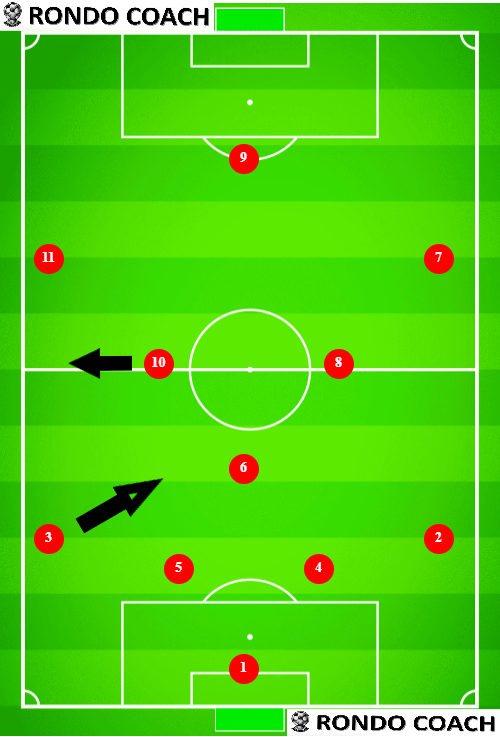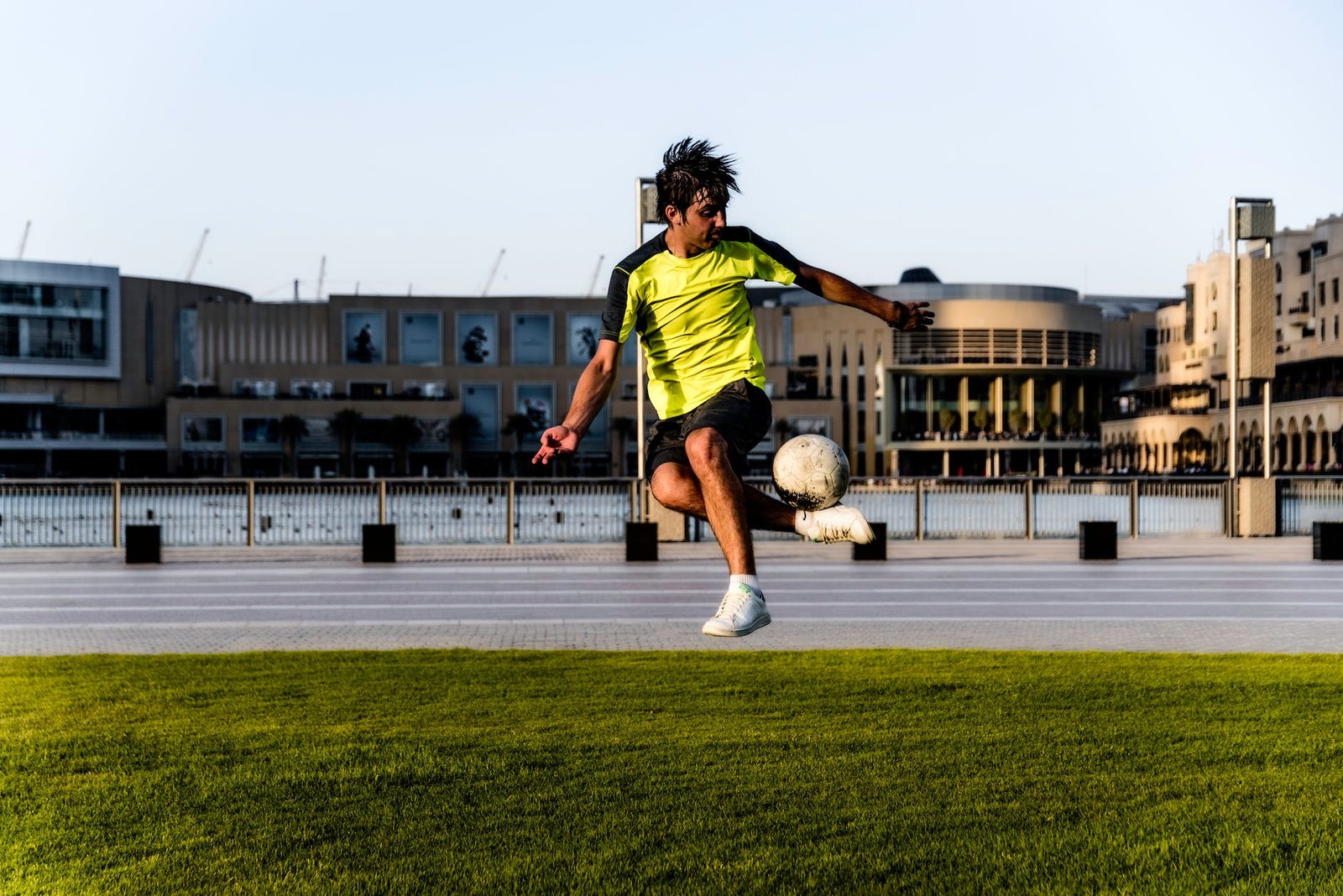5v5 Soccer Formation [Complete Guide for Soccer Coaches 2025]
In the UK, there is a time of the youth development process when they play 5v5 soccer formation. They call it “mini soccer” and it’s the first structured play for most players. Usually in the U8 and U7 timeframe, the structure is to play with 5 players. In the US, they play in a 4v4 formation at that age, but in England, they decided to add a goalie to the formation. I think that opens up an interesting opportunity to develop good ball-playing keepers. But also it makes everybody think about the fact that keepers are still part of the formation and not players that stay at the goal line. As always, I will not give you a solution on how to win every game, but on how to use the 5v5 formations for player development with a long-term plan.
What is the best 5v5 soccer formation?
While there is no one best formation for winning the game, a formation that utilizes the players to balance attack and defense is vital. The most popular are the 2-1-1 and the 1-2-1 formations. In fact, having the 1-2-1 when defending and morphing 2-1-1 when attacking brings the best results. This is because we want to include the goalkeeper when attacking as a sweeper keeper that plays with their feet.
However, the crucial point is to as you have to develop your players to play in larger formations. So, when moving to 7v7 formation, the players should understand the difference between an attacker and a defender. Also, they should understand the difference between a central player and a wing player. You can worry about 9v9 formation with overlaps later on. But you have to keep in mind that it will come at some point.
1-2-1 [Guide and Progression]
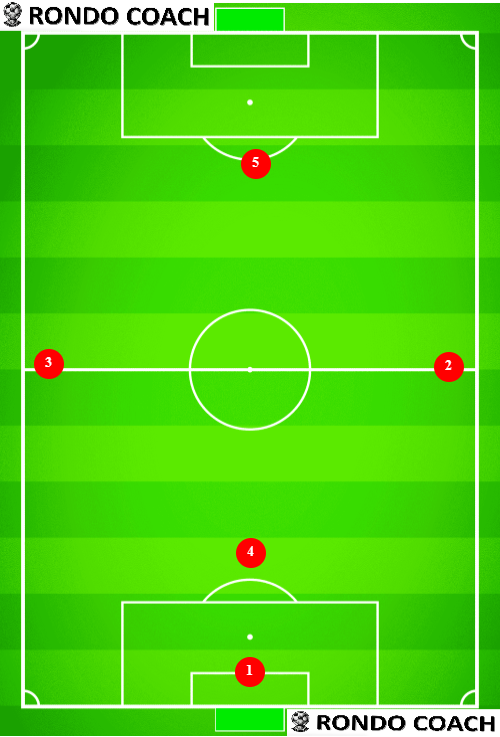
Let’s start by looking at the 1-2-1 formation. This is the most common formation because it’s easy to explain and teach. As this is the first formation for most players, they will understand if we tell them to “stay as a defender”, or “occupy the left side of the pitch”. Furthermore, when we move to 7v7, roles like striker and winger will mostly remain the same. Therefore, this formation is a good building block for most players.
Unfortunately, the formation has the limitation of any formation with a “main central defender“. The role of the goalie is not to play with their feet and that is very limiting at a young age. Furthermore, when there is only one defender, then they tend to rely on their technical skills and don’t develop their communication skills. As team sports coaches, we fail to help them grow if we don’t do that.
PROS
Formation that is easy to understand
Develop wingers and striker
Works great if the best player is the defender
CONS
Not developing 2-defender formation pairing
Goalkeeper rarely participates in attack
The middle of the pitch is empty
2-1-1 [Guide and Progression]
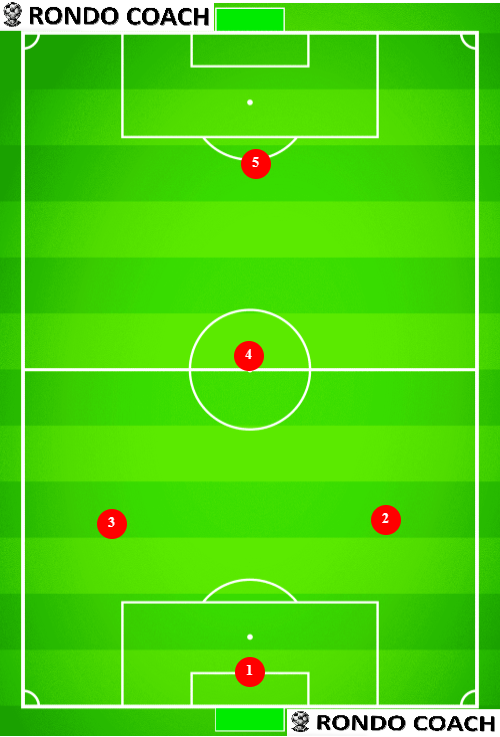
The 2-1-1 formation is the other logical choice and we recommend using that to supplement what the 1-2-1 formation cannot teach. Firstly, the goalkeeper will be part of the game, which sometimes can feel like an extra player. Secondly, the development of two defenders that are active is crucial for the development of players, especially as we get to 7v7 and 9v9 formations. Finally, your best player will likely be the central midfielder. This is great because they will get the most touches on the ball and be part of both attacking and defending.
Unfortunately, this formation will make you concede way more goals. It can be frustrating, but it will develop your players in the right way. Also, it will make the middle area of the pitch way more congested. Without natural wingers, it is up to the striker to sense when they need to move wide. Some players will do that naturally, and others will need way more guidance. If you see it as an opportunity to learn, it can be a great time for your players to do so early, rather than late.
PROS
We develop two defenders that can work well together
The central defender is likely the best player and connects everybody
The goalkeeper is part of the game
CONS
The center of the pitch is crowded
Opponents will score lots of goals because the central defense will be empty
Nobody will develop playing as a winger
5v5 Soccer Formation Transition
As we hinted before, what if we bring the best of both worlds? If our players are proficient enough in these formations, 1-2-1 and 2-1-1, then we can merge them together to get the ultimate strategy. When we defend, we play with one center-back who plays safe and conservative. On both flanks, we have players that help in defense. However, when we attack, we transform ourselves into a 2-1-1 shape that allows us to push on either side. Furthermore, our goalie can push much higher, forming a 5-player formation of 1-2-1-1, essentially playing 5v4. This ultimate advantage is massive. It doesn’t come easy and the players need to know how to play the basic formations before moving to this fluid formation.
Conclusion
This is the full guide on how to coach the 5v5 soccer formation. While we suggest how to transition between the two best formations, we understand that it will be hard for young players at the grassroots level to execute that. However, if you coach both formations, they will subconsciously understand the positioning and roles. Then when you play small-sided games in their teenage years, they will perform well. After all, soccer at the 11v11 level is just many small games or 3v3 or 5v5. If we develop the players well at 5v5, they will be good with their feet, learn to communicate, pass and receive the ball, as well as position themselves with the right posture and timing. Most importantly, we develop adaptable players that can play in multiple positions and roles. I hope this guide will help in developing the players in a 5v5 soccer formation, with a much longer term in mind.

